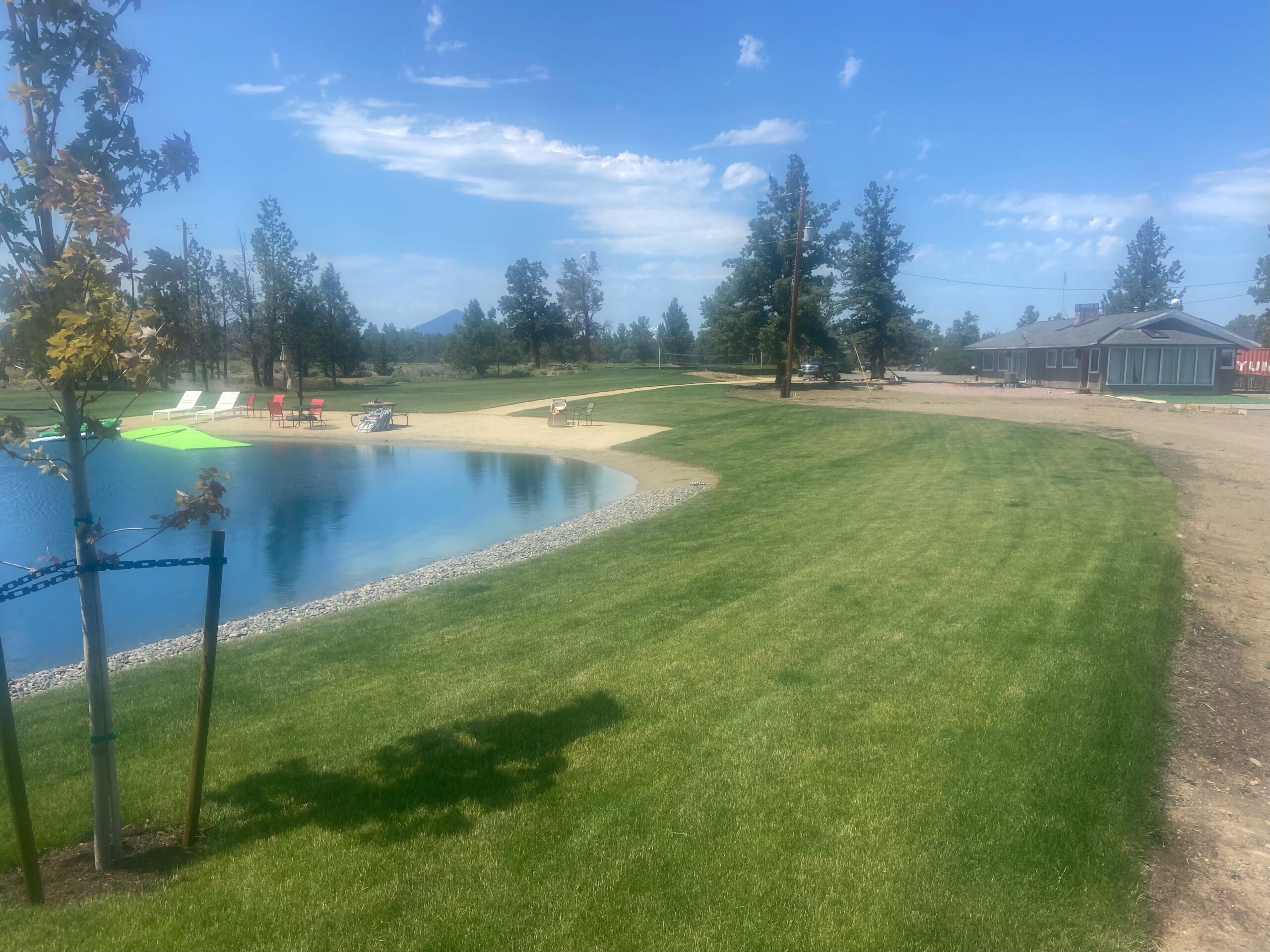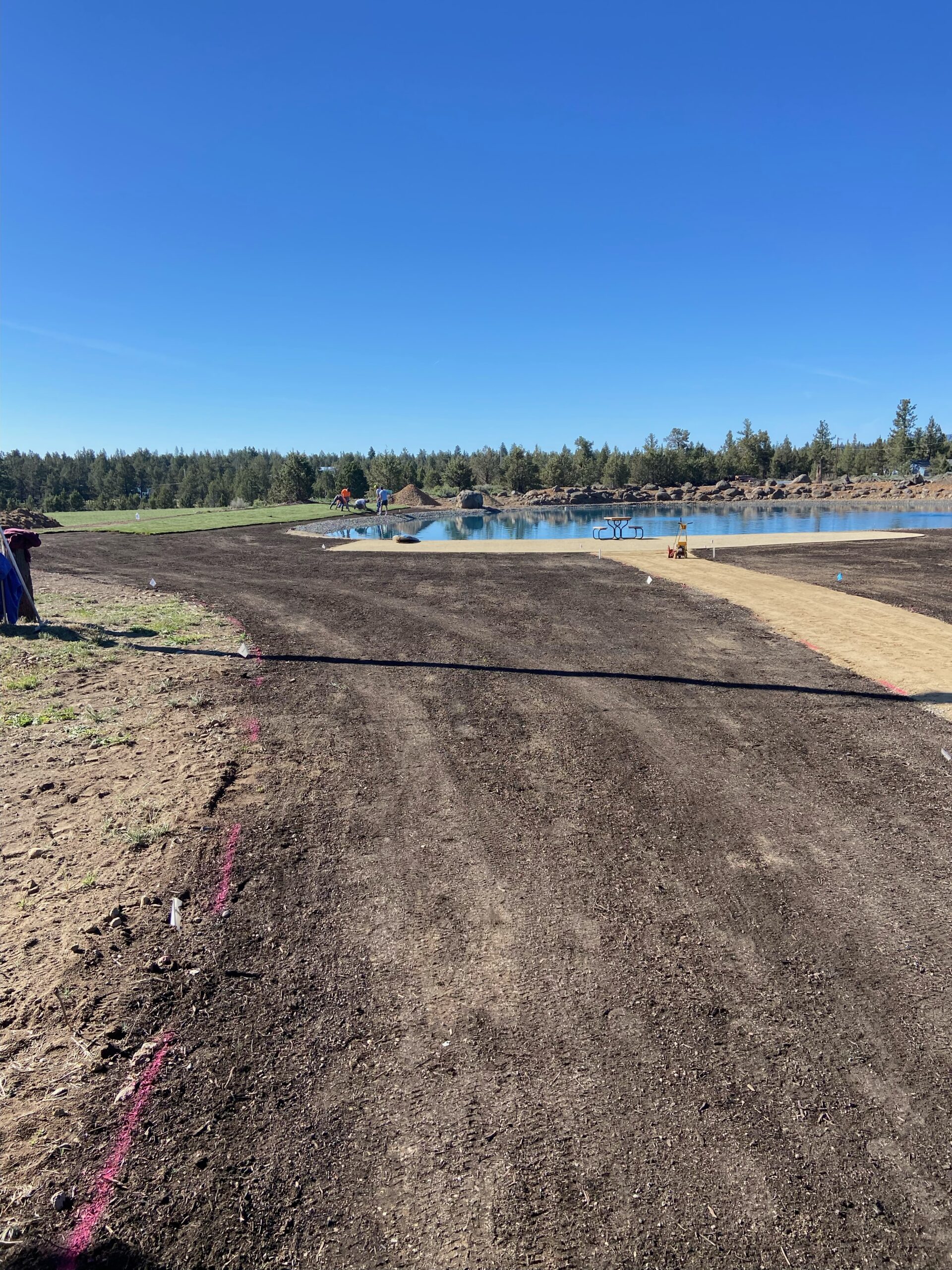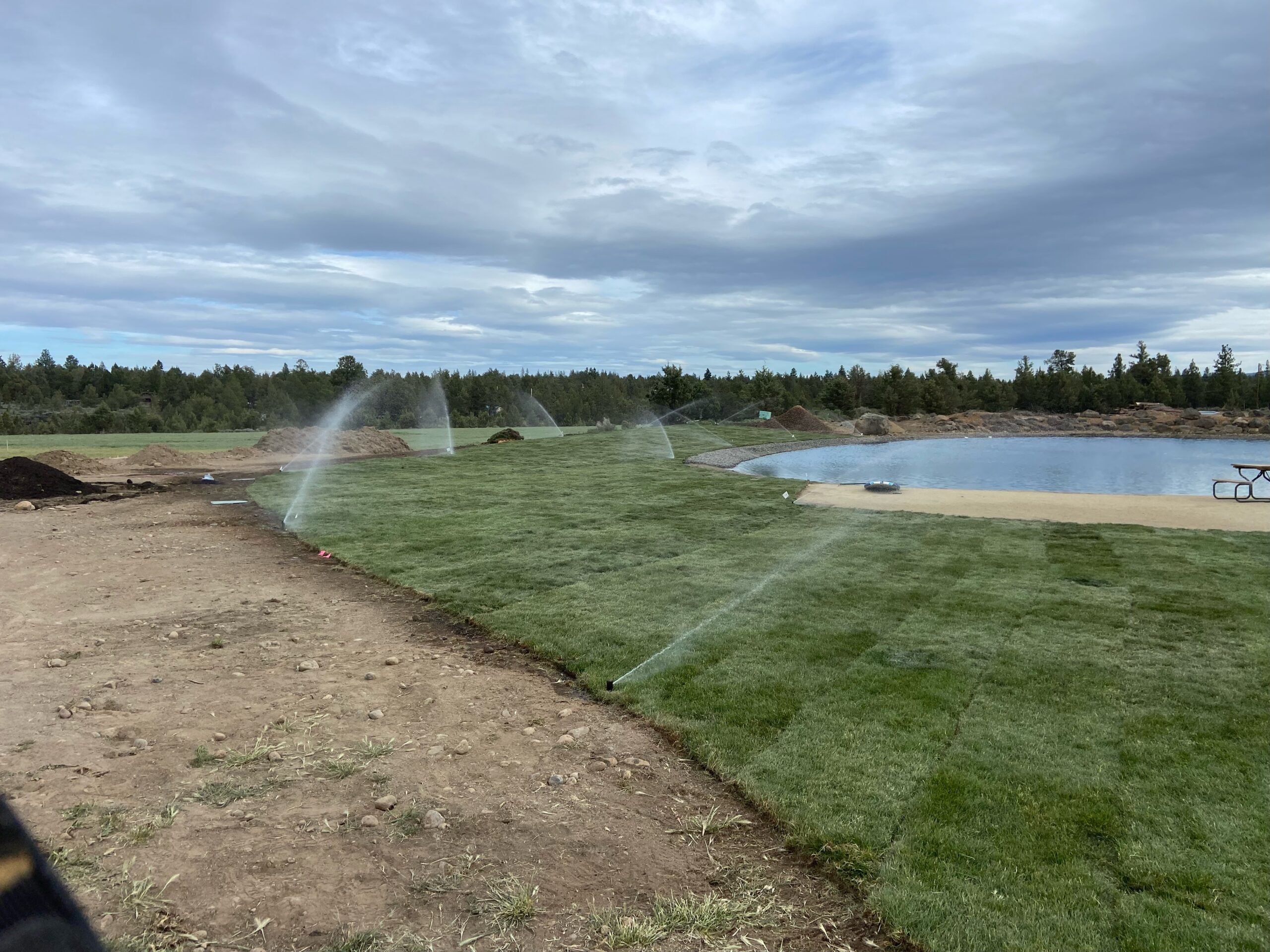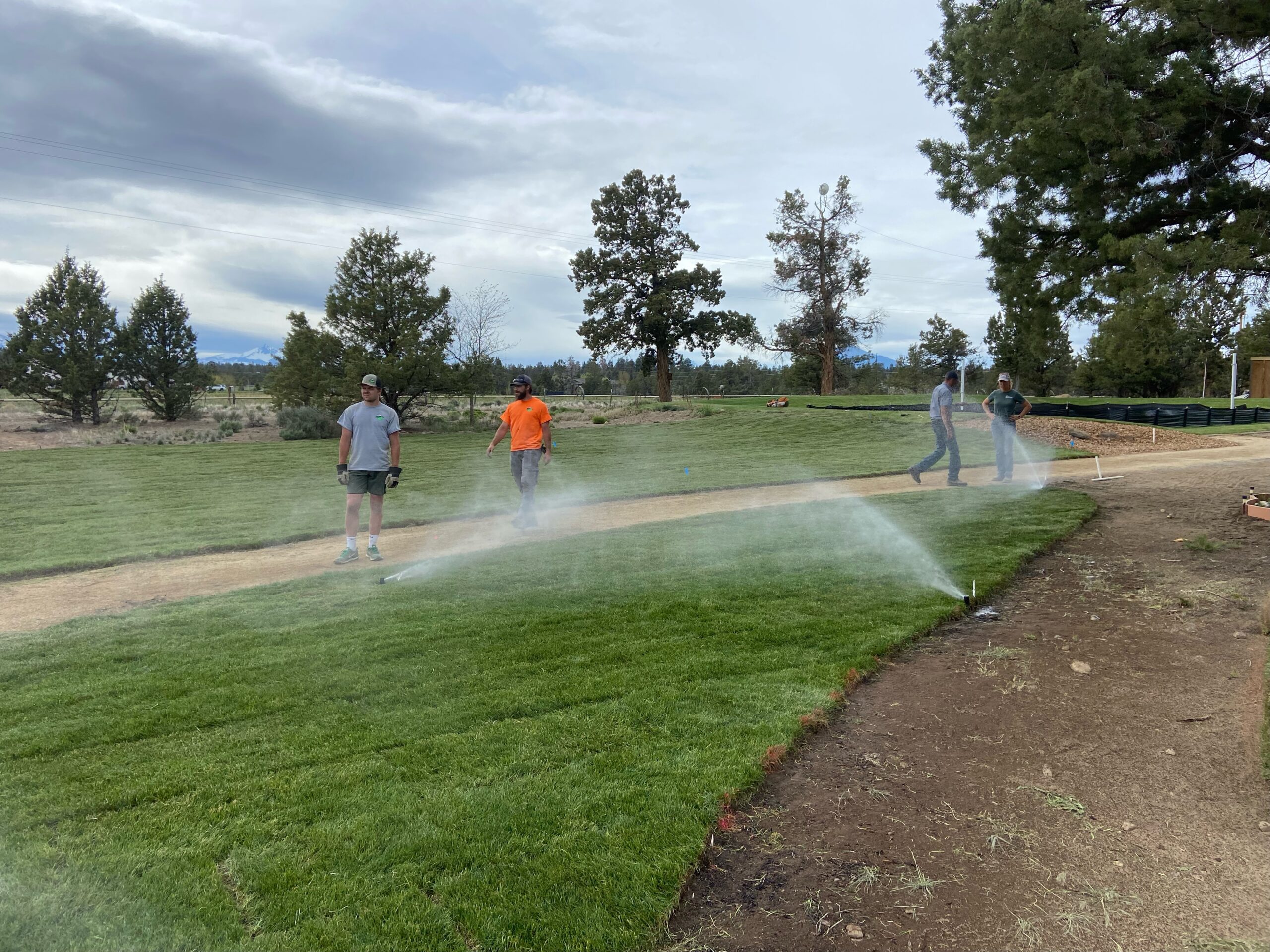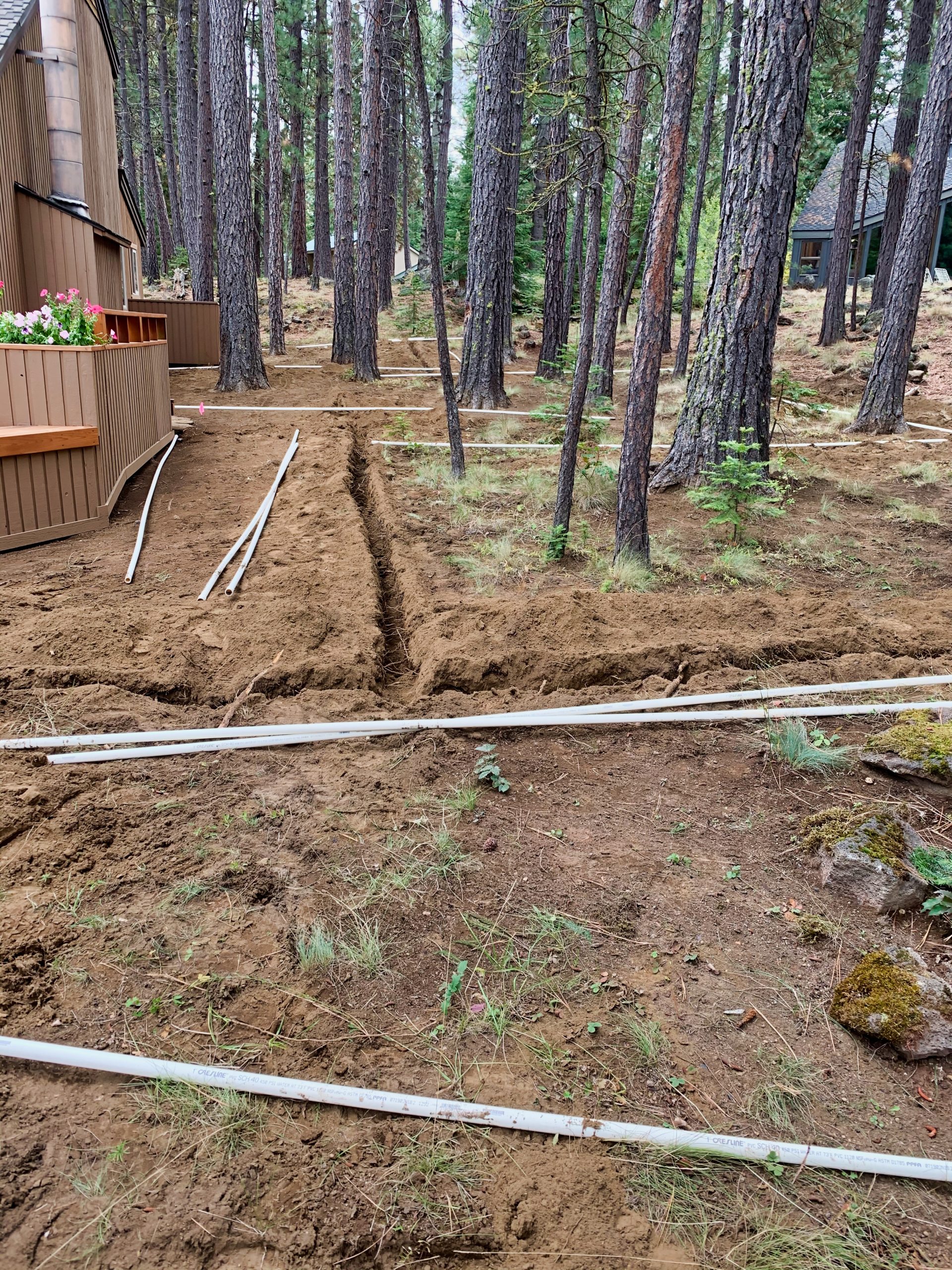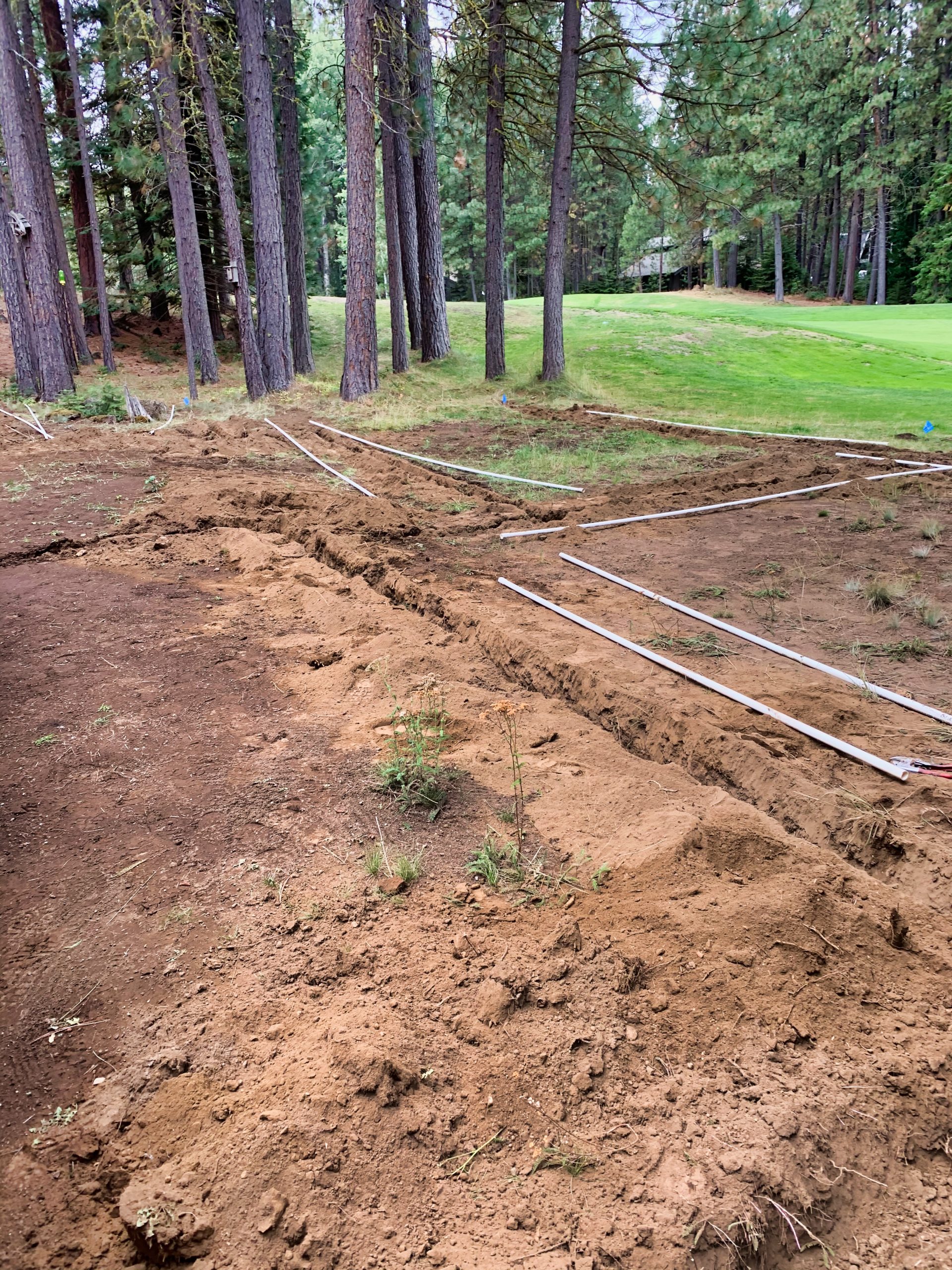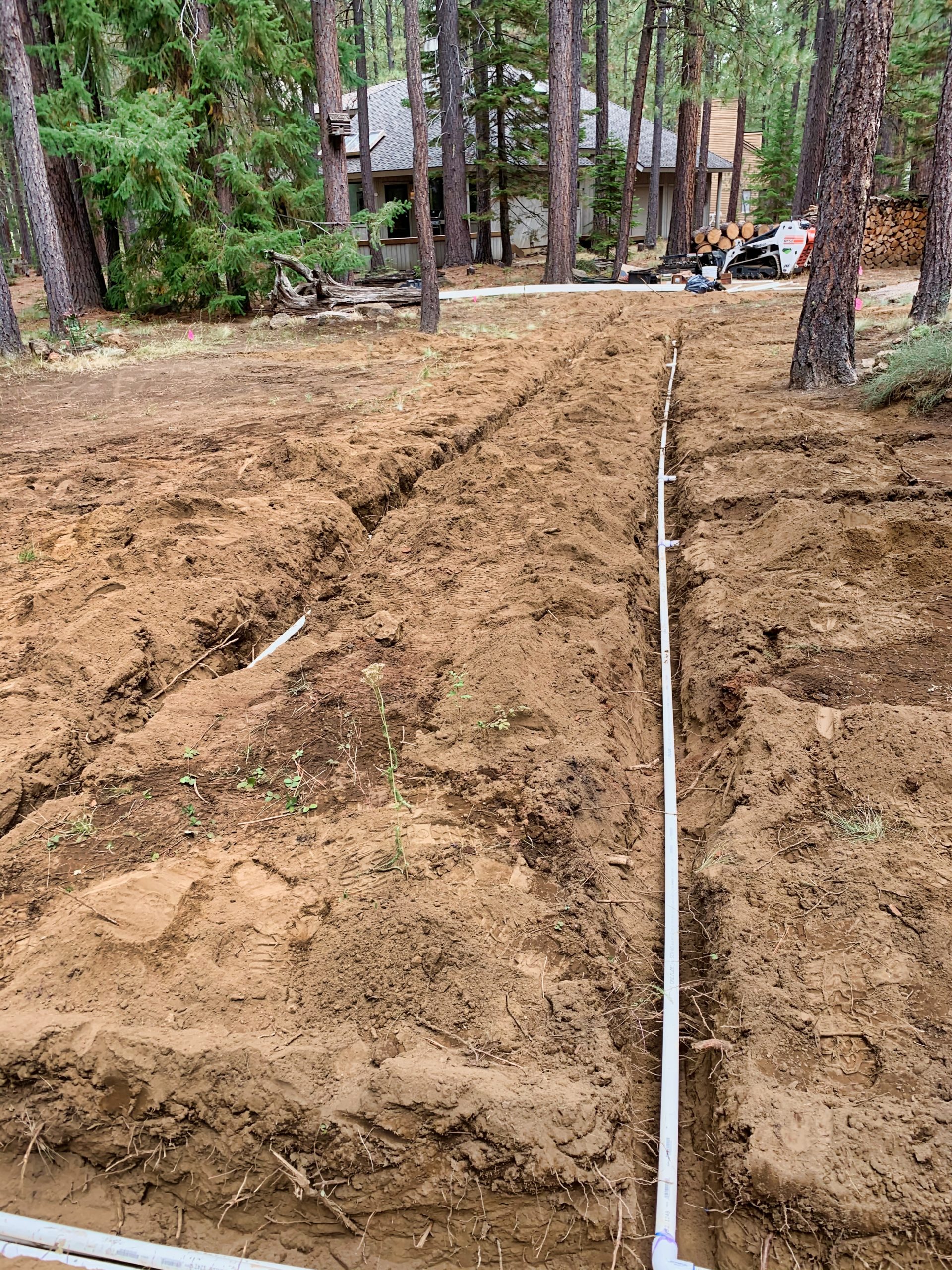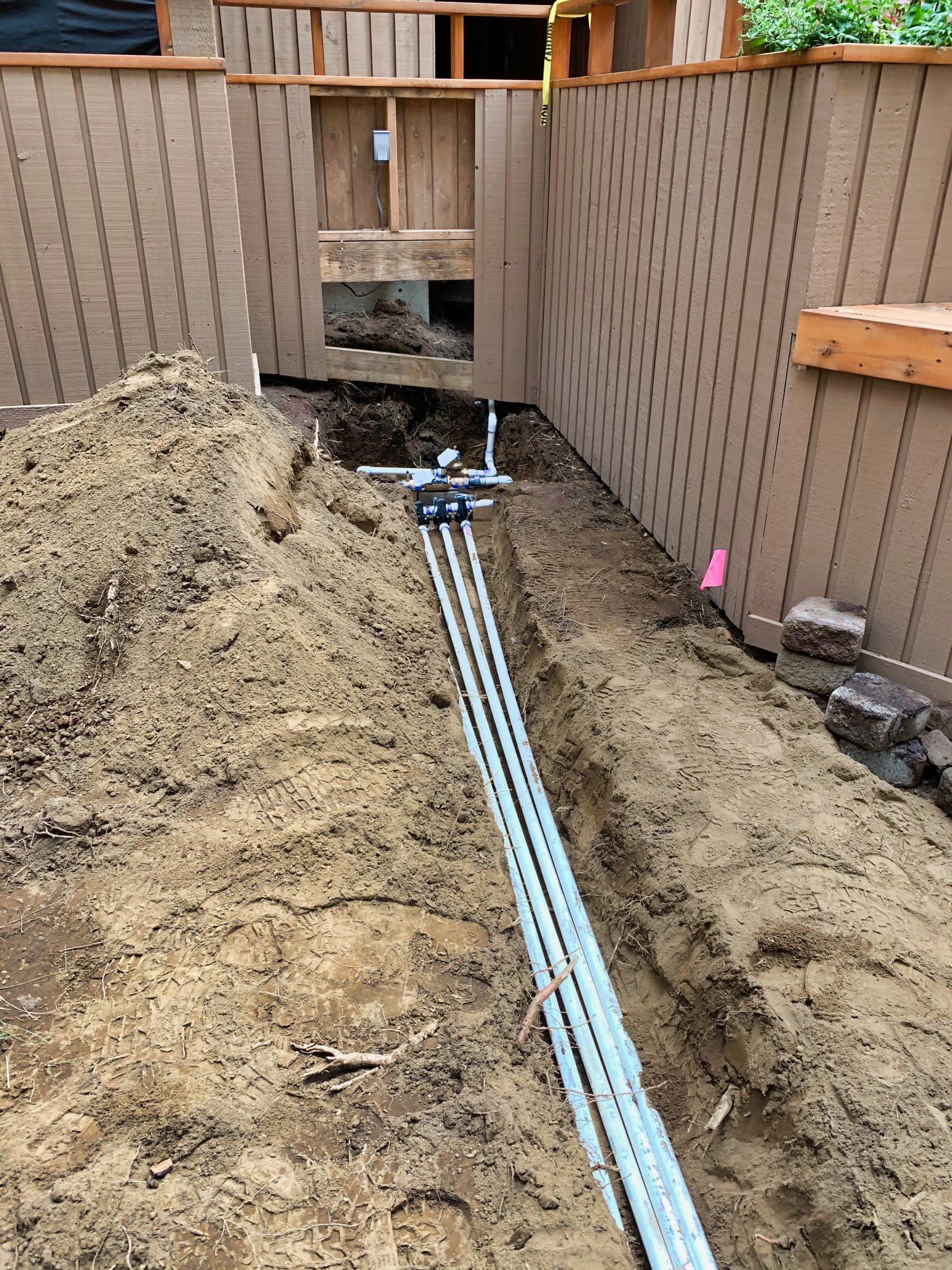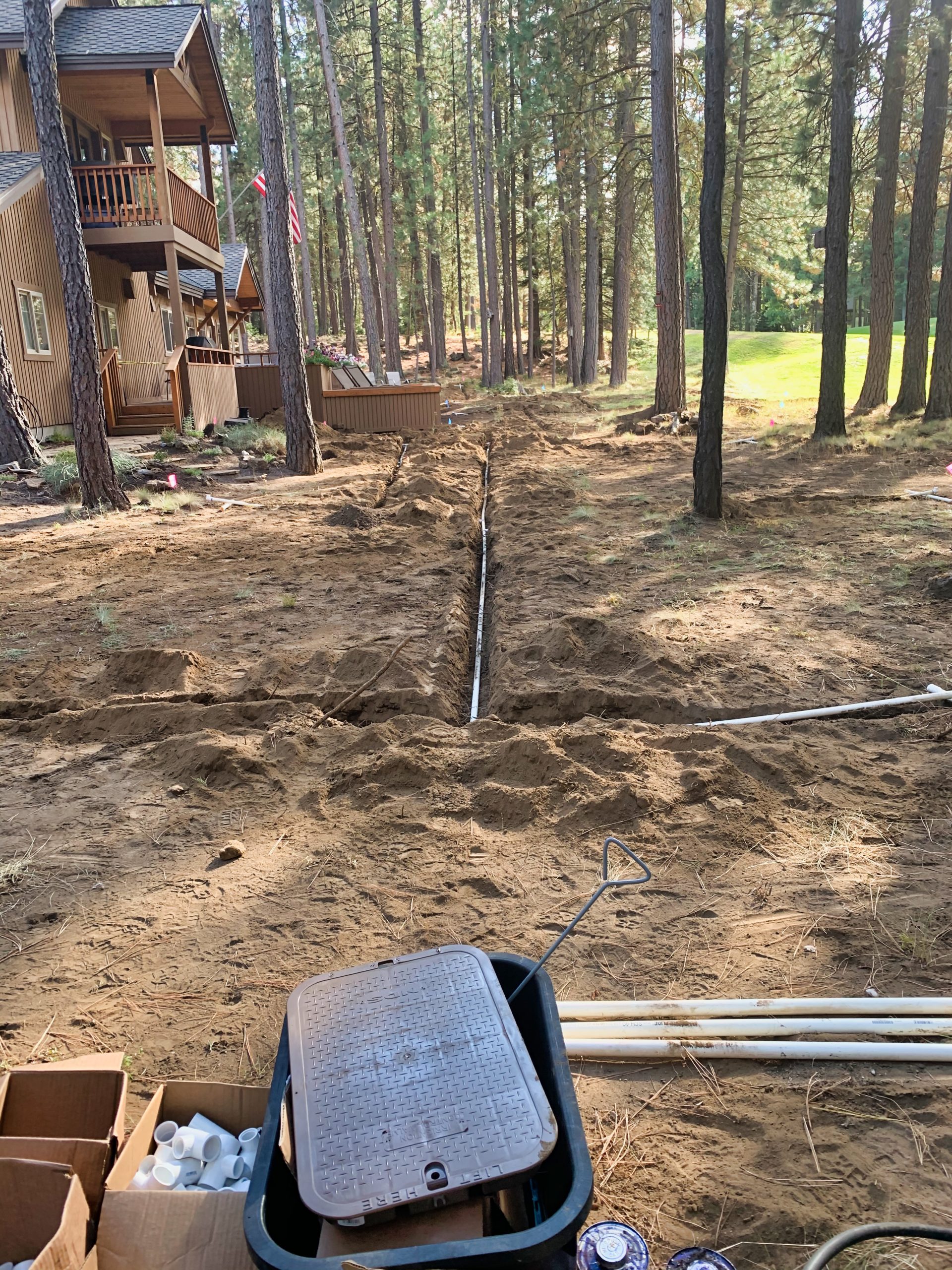Preventing mistakes when planning your irrigation system is essential for the success of your landscape. A well-designed irrigation system will ensure the proper amount of water is delivered to your plants, reducing the risk of over or under watering, and ultimately saving you money. However, with so many options and variables to consider, it can be easy to make mistakes. Here are some tips to help you avoid common pitfalls and make the most of your irrigation system.
- Know your plants: Understanding the water requirements of the plants you have chosen is critical to the success of your irrigation system. Different plants have varying needs for water, light, and nutrients, and you need to make sure your irrigation system is designed to meet those needs. Consider the size, type, and location of each plant and how that will impact its water requirements.
- Start with a plan: Before you begin installing your irrigation system, take the time to create a detailed plan. This will help you identify the most efficient and cost-effective way to design and install your system. You should include the location of each plant, the type of irrigation system you will use, and the amount of water each plant will need.
- Consider the climate: The climate in your area will play a significant role in the design and installation of your irrigation system. In areas with hot, dry climates, it is essential to have an efficient irrigation system to keep your plants healthy. In areas with more rainfall, a more minimal system may be necessary.
- Use the right type of irrigation system: There are several types of irrigation systems to choose from, and you need to select the one that is best for your needs. Sprinkler systems are the most common, but there are also drip irrigation systems, subsurface irrigation systems, and more. Consider the type of plants you have and the amount of water they require when choosing your system.
- Consider water pressure and flow: Your irrigation system must have enough water pressure and flow to deliver water to all parts of your landscape. You should have your water pressure tested before you install your irrigation system to ensure it meets the requirements of your plants. If you have low water pressure, you may need to install a booster pump to increase the water flow.
- Use the right size piping and fittings: The size of the piping and fittings you use in your irrigation system will impact the amount of water that is delivered to your plants. You need to use the right size piping and fittings to ensure your system delivers water efficiently and effectively.
- Schedule your irrigation: Irrigation systems that run too long or too frequently can waste water and damage your plants. You should schedule your irrigation system to run at the right times and for the right duration to ensure your plants receive the right amount of water.
- Maintain your system: Regular maintenance of your irrigation system is essential to keep it running efficiently and effectively. You should inspect your system regularly for leaks, broken heads, clogged nozzles, and other issues that could impact its performance.
In conclusion, planning your irrigation system carefully is critical to the success of your landscape. By following these tips, you can avoid common mistakes and ensure your irrigation system delivers the right amount of water to your plants. If you are unsure about any aspect of your irrigation system, it is always best to consult with a professional to ensure you get the most from your investment.



